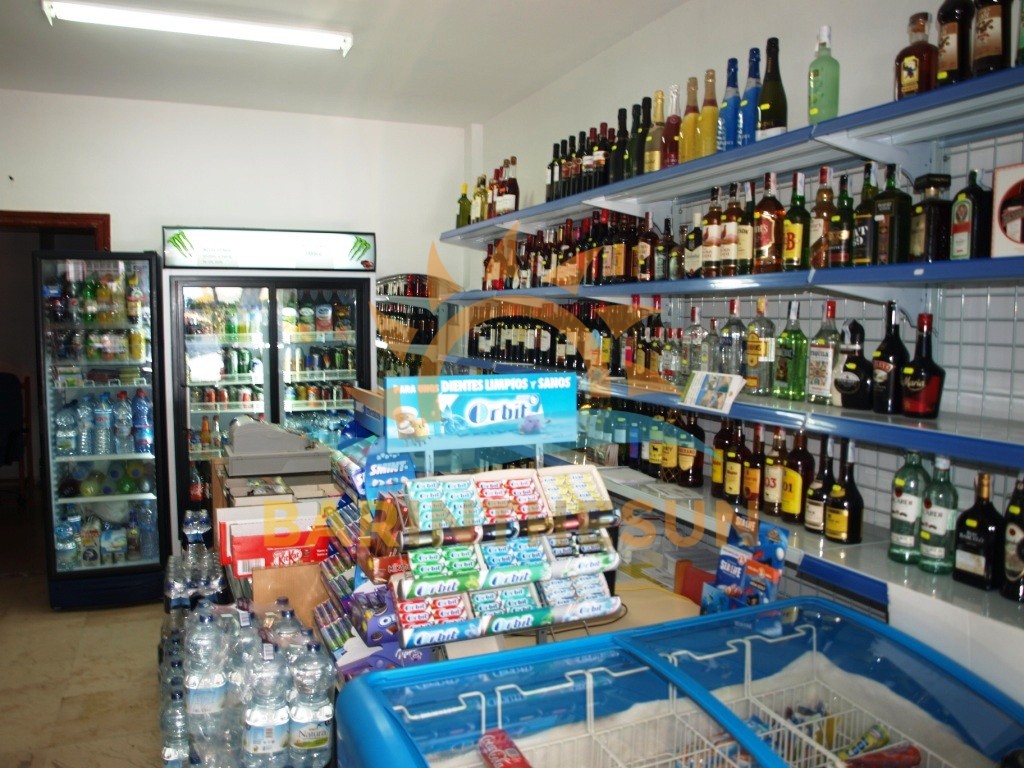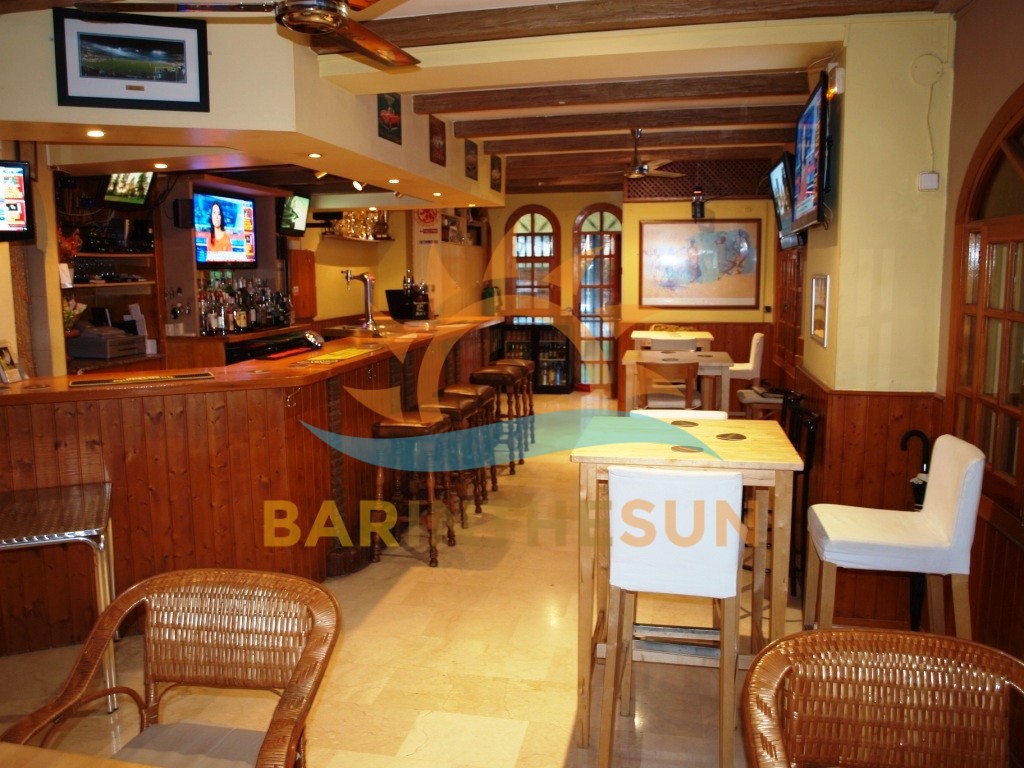There’s actually no clear-cut answer to the question of ‘what is a supercar?’. A supercar certainly isn’t defined purely by power or speed; certain cars are blisteringly fast but don’t warrant the supercar tag. Nor does ‘supercar’ merely describe machines that were designed for pure driving excitement alone; the label implies a certain level of expense, which excludes some fantastic drivers’ cars like the Lotus Elise and Caterham Seven.
Perhaps a definitition isn’t actually necessary. After all, every car enthusiast has their own idea of what a supercar is, but it’s typically a ground-hugging car that’s very fast, very expensive and utterly impractical for daily life. The essence of the word ‘supercar’ that we still have today was formed during the 1980s, and generally referred to the cars that adorned bedroom wall posters, which back then were invariably Italian. The Lamborghini Countach and Ferrari Testarossa were among the favourites, and both helped to turn ‘supercar’ into an everyday word.
Such exotica paved the way for the expansion of what used to be a much smaller sector of the car market. Nowadays, marques such as Ferrari and McLaren are seldom short of buyers for their fiercely expensive products, and the public’s appetite for supercars remains strong, even when sales of more affordable machines slow. What’s more, there’s a greater choice of supercars for sale now than ever before.
Not only do Ferrari and Lamborghini compete for customers, but Britain’s McLaren Automotive is now a force to be reckoned with, re-established as a standalone brand in 2010. German premium brands Audi and Mercedes both have supercars that battle with the fastest versions of the long-established Porsche 911, and the re-incarnated Honda NSX brings thoroughly modern hybrid technology to the supercar party. Meanwhile, Ford – a name better known for its family-friendly hatchbacks and MPVs – has the track-influenced Ford GT to offer.
Our top 10 best supercars brings together the very best from each marque. Some makers have more than one supercar to offer – McLaren and Lamborghini, for instance, make nothing but cars that would fit tidily into our list. We’ve limited the list to the best supercar from each brand. Put any concerns about fuel economy or bootspace aside, sit back and enjoy the ride.
Porsche 911 GT3 RS coupe
Not everybody regards the Porsche 911 as a supercar. After all, most models have four seats and a boot that reaches far beyond the ‘wallet and toothbrush’ carrying capacity of many cars in our top ten. However, part of the appeal of the 911 is the sheer diversity of its range. There’s no such thing as a ‘slow’ 911: even the entry level Carrera sprints to 62mph from rest in 4.6 seconds. However, direct your gaze to the top of the 911 tree and you’ll find the GT3 RS, and few can argue which category this 493bhp powerhouse belongs in. The 0-62mph sprint takes just 3.3 seconds, and an absence of turbochargers means the response from the flat-six cylinder engine is instantaneous, all the way to 9,000rpm. The engine’s position directly above the rear wheels helps transmit all that power directly to the road, so there’s rarely a lack of traction. However, overstep the mark and you had better know what you’re doing – the GT3 RS has enough power to catch out the unwary. Fortunately, there’s so much feel through the controls that you’ll have plenty of confidence to enjoy the car all the way to its limits. Read more.
Key points
4.4 / 5Read Review
Audi R8 coupe
The original R8 was Audi’s first crack at the supercar market, and few could have expected the German marque to have got things quite so right. However, it’s no coincidence that the VW Group’s premium arm happens to own Lamborghini, and the latest R8 shares its mechanical platform with the Lamborghini Huracan. The R8 shares an engine with that car, too – a 5.2-litre V10 that’s as soulful as it is muscular. The V10’s 533bhp output leaps to 602bhp in the R8 ‘Plus’, which is the ultimate expression of Audi’s supercar. The Plus manages 0-62mph in just 3.2 seconds and goes on to over 200mph, yet its quattro four-wheel drive system makes it easy to exploit all the power, even when the roads are narrow, winding, wet or greasy. In fact, the Audi R8 is among the very easiest supercars to drive, and though some will fear this comes at the expense of thrills, it simply isn’t the case. While the R8 will show a clean pair of heels to most other cars on the road, it hasn’t forgotten how to be civil; settle down to a high speed cruise and the R8 will cover big distances with no drama. Read more.
Key points
4.2 / 5Price £114,530 – £154,235Read ReviewWatch Video
Ferrari 488 GTB coupe
Stunning is an overused superlative, but there’s no doubt the two-seat, mid-engined Ferrari 488 has the visual presence to make jaws drop. It’s also got the power and performance to back up the looks. The heart of the 488 is a 3.9-litre turbocharged V8 that delivers 660bhp with such ferocity that 0-62mph is achievable in three seconds flat. Top speed is 205mph and the 488 uses a superlative F1-derived seven-speed dual-clutch gearbox for truly lightning-fast changes. When you throw in a lightweight chassis with super-sharp steering, retina-detaching brakes and an aerodynamically efficient body that generates downforce to help grip the road in seemingly physics-defying cornering manoeuvres, it’s easy to see why enthusiastic drivers love the 488 so much. You need to be a rich enthusiast to actually own one, of course, but that’s all part of the magic. Still, 25mpg on a gentle run isn’t too bad, and Ferrari eases the pain a little by including seven years’ free servicing when you buy one. Read more.
Key points
4 / 5Price £253,820Read Review
Aston Martin DBS Superleggera coupe
The gorgeously svelte DBS Superleggera is Aston’s answer to the Ferrari 812 Superfast. It boasts a twin-turbo 5.2-litre V12 engine making a whopping 715bhp, and it’s a front-engined 2+2 seater that’s arguably more ‘super GT’ than supercar. As a grand tourer, the DBS Superleggera has few peers, offering a relatively relaxed and refined driving experience that’s less frantic than the Ferrari. Until you step on the gas, that is, when the Aston will hurtle towards the horizon and its 211mph top speed, knocking off the benchmark 0-62mph sprint in just 3.4 seconds. As is often the case in performance-focused GTs, the second row of seats is so cramped as to be almost useless for adults. You can squeeze the kids in, but they’re much more useful as space for extra luggage on weekends away. You’ll need it, as the boot is only 270 litres. As you’d expect from Aston – especially if you’ve just spent a quarter of a million pounds on a car – the Superleggera’s cabin is luxuriously detailed and exquisitely finished. Read more.
Key points
4 / 5Read Review
Mercedes-AMG GT coupe
Any car enthusiast will be aware of AMG, the three letters behind some of the most blood-curdling V8 engine sounds ever heard. Models like the Mercedes-AMG E63 S super saloon are undoubtedly fast, but what if its 4.0-litre, twin-turbocharged V8 engine were placed into a lighter, more agile body? It took a while to be made, but the Mercedes-AMG GT is a true AMG sports car that rubs shoulders with faster variants of the Porsche 911 – especially the most potent GT ‘R’ version. This track-focused special packs 577bhp and a 0-62mph time of 3.6 seconds, enough to reach almost 200mph flat out. The interior is full of tactile touches that promote a real feelling of quality, and an impressive cruising ability means you’ll not suffer too many aching muscles after a prolonged spell behind the wheel. Available as a coupe or a convertible, the GT combines all the comfort, quality and style you’ve come to expect of a Mercedes, and rolls in a genuine supercar feel, speed and sound. Read more.
Key points
McLaren 720S coupe
McLaren is one of the most famous F1 teams of all, and it was the legendary McLaren F1 that truly established its road car arm back in the early 1990s. The intervening years brought collaborations with Mercedes, but a reborn McLaren Automotive took the supercar world by storm in 2010, with the MP4-12C. Today, the 720S tops its ‘Super Sports’ range, and though faster models are available on request, few will be left disappointed by this carbon-fibre masterpiece. Packing 710bhp from a 4.0-litre, twin-turbocharged V8 engine of McLaren’s own design, the 720S can reach 62mph from a standstill in 2.8 seconds, and go on to a top speed of 212mph. Possibly even more impressive than its speed, is how remarkably polished the McLaren looks and feels inside and out. You’ll find nothing but bespoke fittings for the interior, including an electronic dashboard that swivels into race mode. And while some might prefer the raw feel of certain rivals, the 720S drives just as precisely as it’s built. Read more.
Key points
3.9 / 5Price £208,600Read ReviewWatch Video
Lamborghini Huracan Evo coupe
Based on the same engineering platform as the Audi R8, the Lamborghini Huracan offers buyers all the visual drama they could wish for in a mid-engined supercar, along with easy driving manners and Germanic reliability. Powered by a normally aspirated 5.2-litre V10 that sounds phenomenal when wound up, the Huracan comes with 572bhp in our favourite rear-drive version, or 602bhp with four-wheel drive. In spite of its lower output, the rear-driver is more agile and sharper than the 4×4, which understeers under extreme cornering. Most owners do specify 4×4, though, and its remarkable traction and balance make it one of the easiest supercars to drive briskly. There’s also a Huracan Spyder model for drivers who want to feel the wind in their hair, and an even more powerful Performante version with 631bhp and some eye-catching carbon-fibre aerodynamic mods Even the slowest Huracan will sprint from 0-62mph in 3.4 seconds and reach 199mph, with most topping the 200mph mark. Read more.
Key points
3.8 / 5Read Review
Honda NSX coupe
Honda well and truly bemused the supercar establishment when it unwrapped the original NSX at the end of the 1980s. Here was a manufacturer of run-of-the-mill hatchbacks, suddenly beating Ferrari at its own game, and it was largely achieved on the back of the brand’s experience in F1, including the insight of Ayrton Senna. While today’s NSX stays true to the same principles of balance, it also channels the latest hybrid technology. Don’t mistake the NSX for an eco-champion, though – its electric motor helps match the performance of its purely petrol powered competition, backing up a relatively compact 3.4-litre V6. Unlike the original, the latest car has four-wheel drive and can deploy its power even when road conditions deteriorate. Comfort is high on the agenda, even if practicality isn’t, but the most impressive NSX virtue is just how accessible its performance is. Like the original, you don’t have to be a professional racer to enjoy the NSX, but it’s a great car in which to hone your driving skills. Read more.
Key points
3.9 / 5Price £149,295Read Review
BMW i8 Coupe
The plug-in hybrid powertrain of the BMW i8 sets it apart, but BMW definitely had its sights on the supercar set when it put the sporty 2+2 into production. Amazingly, the i8 uses a 1.5-litre petrol three-cylinder engine shared with the MINI, but it’s tweaked to 228bhp and joins forces with twin electric motors driving the front wheels for a total of 357bhp. Thanks to lightweight carbon-fibre construction, that’s enough to propel the i8 from 0-62mph in just 4.4 seconds – good enough to beat a Porsche 911 Carrera – and on to a top speed of 155mph. While those performance figures won’t trouble any number of more powerful rivals, the economics might. Priced at half the cost of many more traditional exotic supercars, the BMW also delivers the potential for 134mpg and super-low emissions that put it into the 9% BiK bracket for company-car tax. And while it may not have the out-and-out performance, the BMW most certainly has the looks with its svelte, low body and forward-hinged doors. It also has a futuristic interior to back up its technical prowess, and it’s great fun to drive. Read more.
Key points
3.8 / 5Price £115,105Read ReviewWatch Video
Chevrolet Corvette coupe (2014-2019)
Of all the cars in this list, the Chevrolet Corvette is by far the least sophisticated – and that’s anything but a criticism. The American missile wears its heart on its sleeve, with unambiguously muscular bodywork that seems to barely contain the hefty 6.2-litre V8 within. You get 460bhp in the entry-level car, but that rises to a jaw-dropping 650bhp in the Corvette Z06, unlocking a 3.8-second 0-62mph time. Perhaps even more impressive is the way the Corvette can tackle a twisty road. It might not flow between corners with quite the poise and delicacy of a Ferrari 488 GTB, but its fat tyres remain glued to the road and an enthusiastic driver will quickly develop confidence behind the Corvette’s wheel – confidence which will grow when a Z06 driver has cause to try the carbon-ceramic brakes. The Corvette’s true highlight – and an alien concept among supercars – is the value for money it offers. The Z06 might not have the balletic grace of its Ferrari equivalent, but it costs almost £100,000 less. The Chevrolet Corvette truly is a world class supercar, and delivers on the American tradition of big bangs for your buck.
 Cars & Motorbikes
Cars & Motorbikes 


